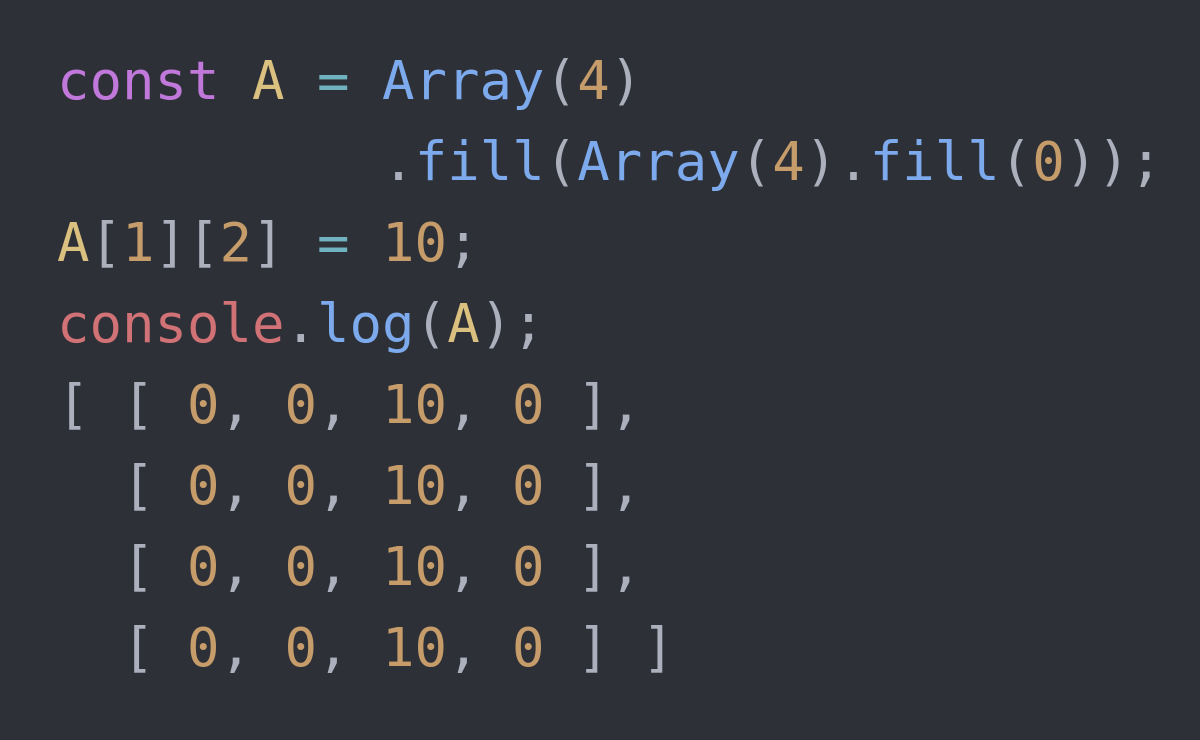Why we should care: JavaScript’s unique Number type
Handling large integers in JavaScript requires care. JavaScript treats numeric variables as a single type called Number.
Unlike other programming languages, JavaScript does not divide numbers into real and integer types such as float and int or storage sizes such as short, int, and long. JavaScript’s Number type seems to use the IEEE-754 64-bit floating point number representation.
This property is very convenient for most casual calculations. However, handling large integers requires slightly different care than other programming languages. Especially in environments like competitive programming or coding tests, you may fail.



![[10, 2, 456, 3548].sort()](/2018/05/JavaScript-Pitfalls-Tips-Sort/title.png)